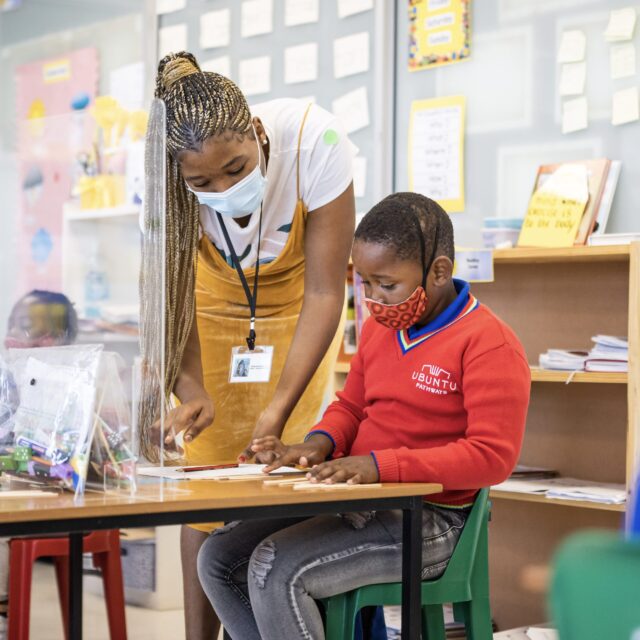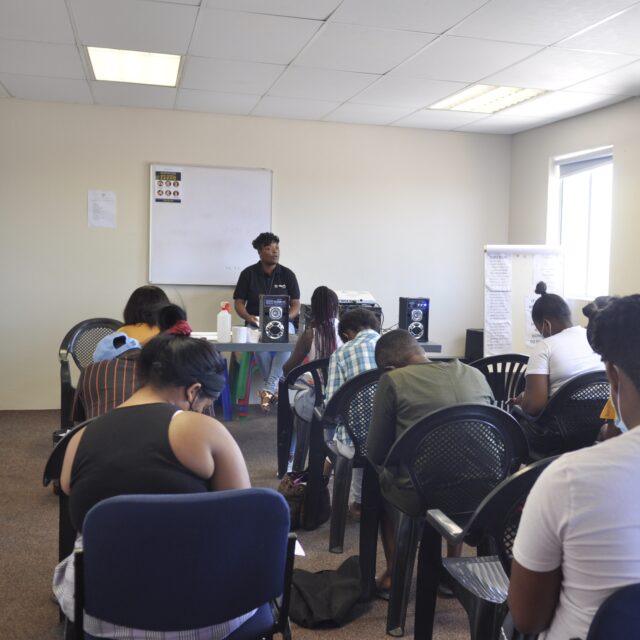Facts from our Africa COVID-19 Tracker
- Population: 2,347,706
- Share of population living in extreme poverty: 10.3%
- Share of people with insufficient food intake: 12.8% (latest: 18 Feb 2021)
- The economy relies upon agriculture, tourism, and remittances.
Economic impact
The COVID-19 pandemic and corresponding border closures have severely impacted the fragile economy of The Gambia. Pandemic responses are affecting trade, which accounts for 25% of imported goods and exported earnings, and the valuable tourism industry, which provides an income to 42,000 Gambian people. Hotels, restaurants, and tourist attractions have all been affected by the complete standstill of the tourist industry.
Unemployment rates in The Gambia have drastically risen since the beginning of the pandemic, making remittances even more important to the country’s economy. Each year an estimated 118,000 Gambians living abroad send remittances to their families, accounting for more than 20% of the country’s GDP and offering an essential economic lifeline to many Gambian families. But the World Bank predicts that in 2021 the amount of money migrant workers send home is projected to decline by 14% globally.
The most significant loss to families has come from small and medium-sized enterprises, which are the backbone of the country’s economy. Informal workers rely on daily activity outside of the home to sustain their families and have faced particular restrictions on their ability to work as lockdown measures are enforced.
COVID-19’s impact on women and girls
Domestic violence
We learnt from the Ebola outbreak of 2014 that school closures and quarantines put women and girls at a greater risk of violence and rape. During the Ebola crisis, there was an increase in domestic violence due to disruption in already limited services and the increased social and economic stress. The same has happened during COVID-19, with domestic violence intensifying all around the world.
President Adama Barrow vowed to eradicate gender-based violence from The Gambia and set out to make the country the “human rights capital of Africa” in late 2020. But the pandemic is forcing many women into lockdown at home with their abusers. At the same time that needs are rising, vital support services for gender-based violence are interrupted.
The Gambian government have integrated the Convention on the Elimination of all Forms of Discrimination Against Women into their laws. However, women in The Gambia have rights in practice, but in principle, the police are turning a blind eye to gender-based violence that happens in private spaces. Violence against women is hidden in a culture in which 80% of women believe that domestic violence is acceptable.
Child marriage
By its very nature, child marriage is always forced marriage, and as such, a form of domestic violence. It is a form of violence against women exasperated by poverty, and it continues to plague young girls in The Gambia. Girls Not brides report that 26% of girls in The Gambia are married before they turn 18, and 8% before their 15th birthday.
This mainly happens in rural settings where marriage is often perceived as the only option for young girls’ survival. When girls are forced to marry, they are forced into a situation of slavery which is concealed under the statue of a wife. Forced underage marriages can put young girls at risk of early pregnancy, rape, and violence. Most families do not intend harm when they marry off their children — instead they feel they are protecting them from social and economic injury.
A cluster survey report in 2019 found that 32% of Gambian women under the age of 50 were married before the age of 18. The survey also finds that households within the most impoverished rural areas have the highest child marriage rates, at 49.2%. The added urgency to this issue is that girls have not lived long enough to fight against the violence that can happen in their in-laws’ homes.
UNFPA forecasts that 13 million additional child marriages will take place between 2020 and 2030 because of the pandemic. COVID-19 is much more than the largest global public health crisis in a century. It is also presenting massive social and economic challenges, with women and girls bearing the brunt.
Pandemic response plans and policy options must ensure women and girls’ well-being.
Photo credit: J Poelen, Flickr



